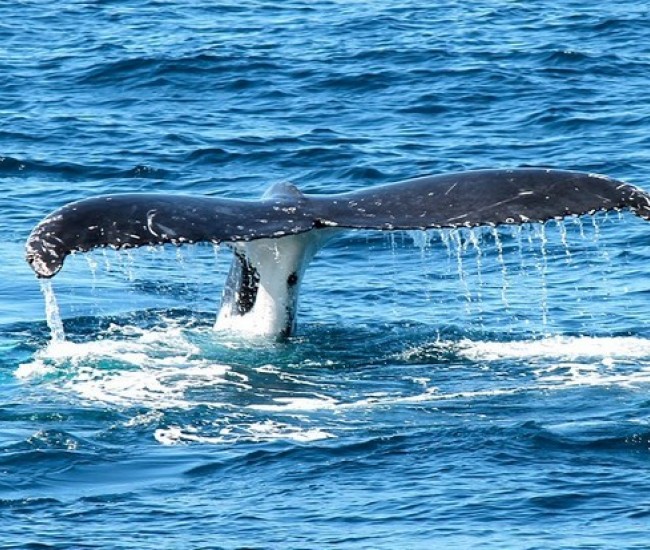A group of scientists was able to solve the secret of whale singing. In a study published in the journal Nature, they showed how the largest whales in the oceans are capable of making strange and complex sounds, BBC News reported on Thursday.
Humpback whales and other minke whales have developed a special larynx that allows them to sing underwater.
Lead researcher Professor Koen Elemans, a scientist at the University of Southern Denmark, told BBC News: “Sounds are absolutely vital to their survival because it helps them find each other in the ocean when mating.”
Silas are a group of 14 species that use sila (plates) to filter small plankton-like organisms from the water for food.
Until now, it was not clear how they produced the complex, frightening-sounding melodies. Professor Elemans and his colleagues removed the larynx from the carcasses of three beached whales, and with its help they conducted experiments by blowing air through it.
Human voices are produced by the vibration of the vocal cords in the larynx. However, whales have a U-shaped vocal cord and a fat pad in the larynx, which they squeeze air between to produce sound.
The study also indicated that the noise generated by shipping in the ocean disturbs whales. The researchers explained that this is due to the interference of the frequency of the whale song and the noise made by the ships.
According to the study authors, ocean noise may prevent whales from communicating over long distances. The discovery could be vital to the conservation of humpback whales, blue whales and other endangered giant marine creatures.
Kate Stafford, a whale communication expert at Oregon State University, called the study “groundbreaking.” The scientist stressed that the fact that they are able to make such a complex sound indicates the special nature of whales.
The research also provides a glimpse into the evolution of whales, how their ancestors returned from land to the oceans, and what adaptations they needed to communicate underwater.












































